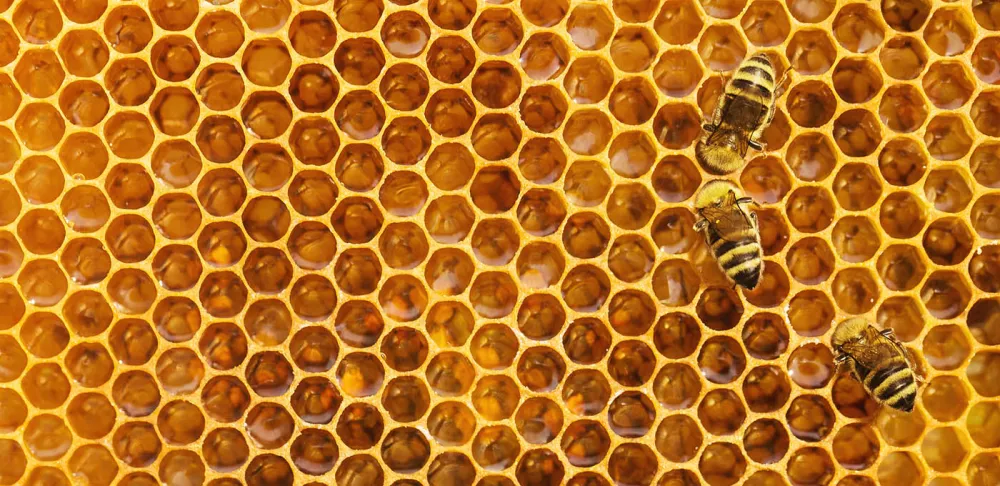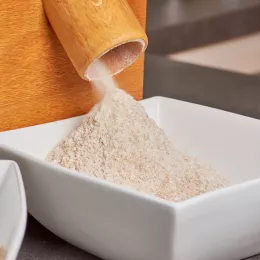Honeybees are obviously known for making honey, but if the current decline and death of thousands of bee colonies continues, there will be a worldwide food shortage very soon.
Wild and domestic honeybees are responsible for more than 80% of the world’s pollination. While grains are primarily pollinated by the wind; fruits, nuts and vegetables are pollinated by bees. To put that into perspective, that’s one in every three bites you eat.
If this trend continues, how will it affect your life or business?
Why Are All the Bees Dying?
Of course, it’s because of human interference, mainly pesticides, as well as habitat loss. Organizations like Greenpeace have been campaigning for many years to ban at least six of the main pesticides used in agricultural farming, as these are one of the main reasons the bees are being eliminated. However, while these pesticides are still being used, this disaster will only get worse. This comes down to profit for the big chemical companies that deny any such crisis is in place. However, bee colonies in the U.S. alone have declined significantly in recent history: 40% died in 2018, according to USA TODAY, and California saw a "massive loss of thousands of hives this year, NPR reported. What will that number look like next year or five or 10 years from now? Will it take a world food shortage for anything to be done, and if so, will that be too late?
Honey in a Concrete Jungle?
One of my favorite products we use at my patisserie and dessert bar, Chanson, is Andrew’s Rooftop Honey, which we use in some breads and as sweeteners in desserts instead of sugar. Andrew Cote is a third-generation beekeeper who has more than 40 hives in four out of the five boroughs as well as Connecticut. Amazingly, even in this concrete jungle we call home, his bees manage to create amazing honey, which is not only great because we get to use something that is truly local (something very hard to do in NYC) but also so influential for the environment.
Once I asked Andrew where the bees go to pollinate as there are barely any trees or flowers here, and he said that each honeybee can fly three miles out and three miles back every day for food. So every day bees can fly from hives in New York City to New Jersey, Long Island, even parts of Upstate New York. This is incredible for the environment and shows that even through adversity, and in one of the most densely populated cities in the world, bees can thrive and feed us. Andrew sells his honey and other bee-related products at the Union Square Greenmarket every Wednesday and Saturday. If you haven’t tried it yet, visit his stand or come by Chanson for honeycomb candy.

Honeybee Facts:
- A single bee colony can consist of 20,000-60,000 honeybees and one queen. Worker honeybees are female, live for six to seven weeks and do all the work!
- The queen bee can live for up to five years and in the summer months can lay up to 2,500 eggs per day.
- The male bees are called drones and do not do any work, only mate.
- Honeybees have been around for more than 150 million years.
- It has been said that honey never goes bad. Recently, a 2,000-year-old jar of honey was discovered in Egypt – and it was still good.
- For every pound of honey, bees must collect nectar from more than 2 million flowers.
- A honeybee can fly at a speed of 25 km per hour and beat their wings 200 times per second.
What can be done to save the bees?
Support or join local or global campaigns to stop the use of these destructive pesticides, which are not just bad for the bees but the environment in general. Greenpeace.org is a good place to start as well as supporting local honey from beekeepers in your area. Europe, especially Germany, has been making great strides in bee preservation, namely by using ecological farming methods without harmful pesticides. Bees have been here much longer than us, we just need to leave them alone.
Learn more about nature and food in ICE's Health-Supportive Culinary Arts program.




